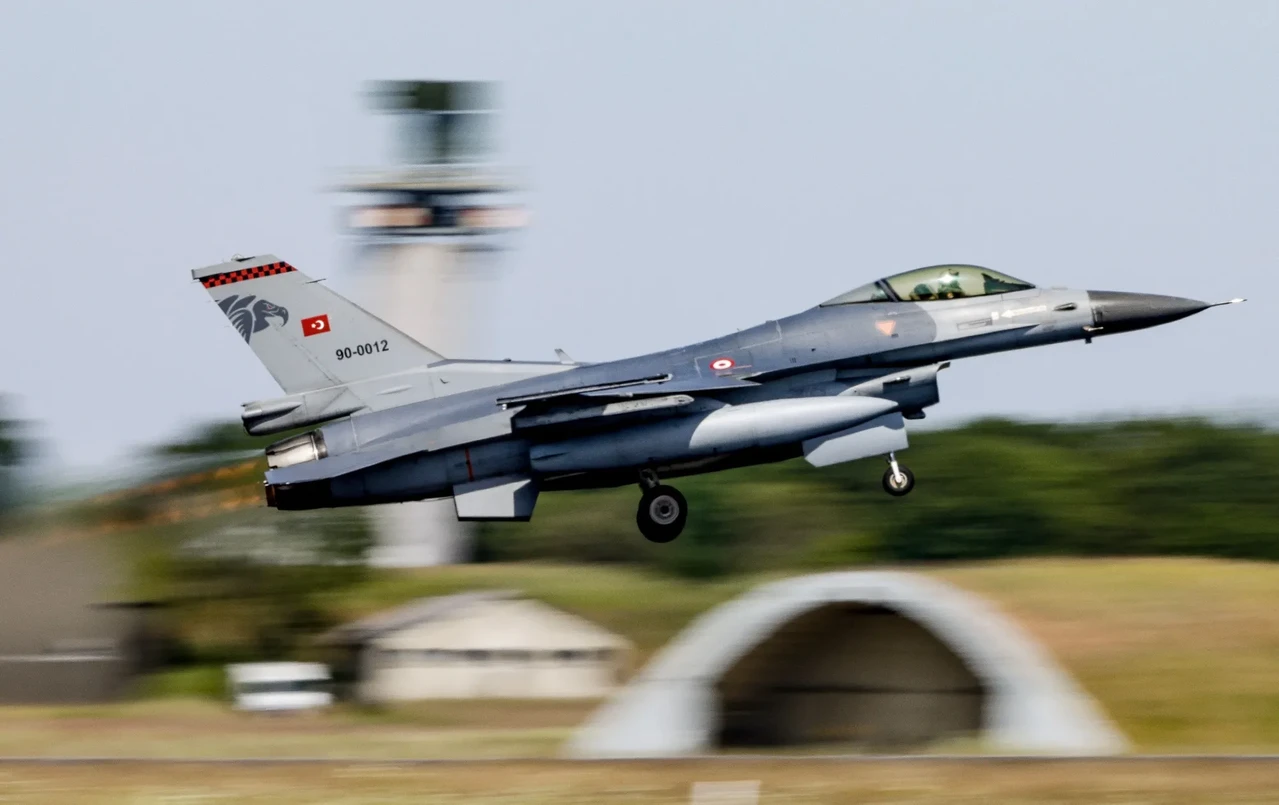Israeli airstrike destroys historic Ottoman structure in Lebanon’s Baalbek near UNESCO site
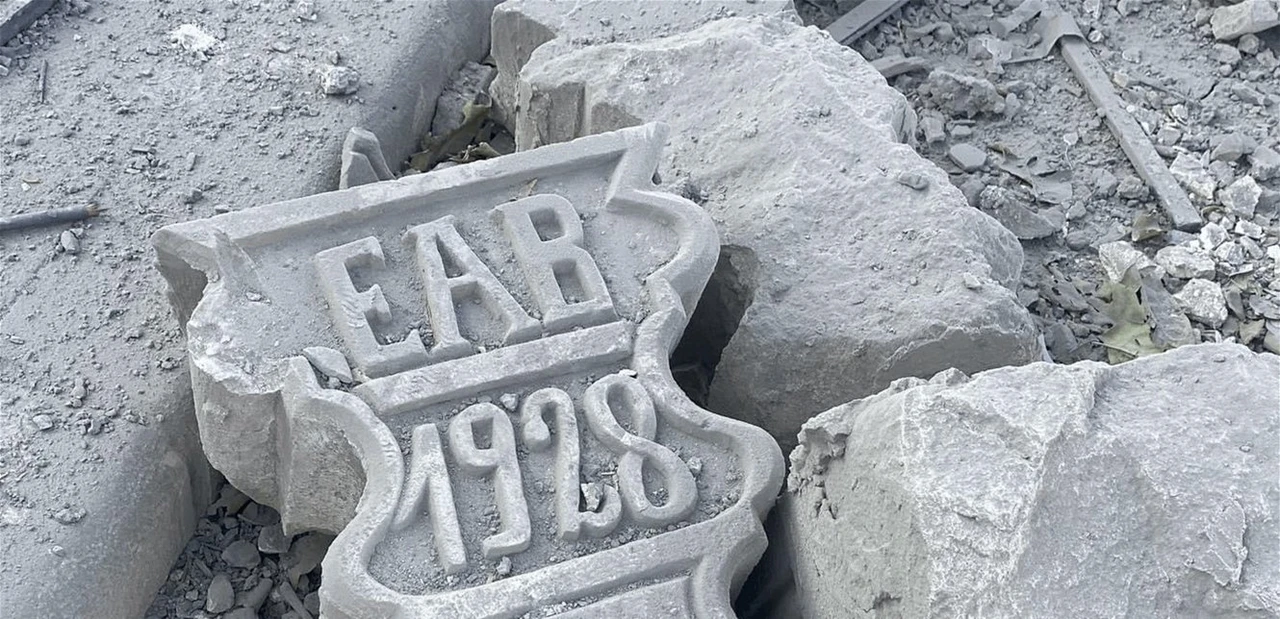 Remains of Ottoman heritage site of Menshieh following an Israeli airstrike, in Baalbek, Lebanon, Nov. 10, 2024. (Photo via X)
Remains of Ottoman heritage site of Menshieh following an Israeli airstrike, in Baalbek, Lebanon, Nov. 10, 2024. (Photo via X)
An Israeli airstrike hit and destroyed a historical Ottoman-era structure in the city of Baalbek, which hosts many of Lebanon’s ancient wonders, local media reports revealed Sunday.
The Lebanese Culture Ministry announced plans to file a formal complaint against Israel after an Israeli airstrike destroyed the 19th-century Ottoman-era building known as Menshieh, located near the UNESCO-listed Roman temples of Baalbek.
Heritage site destroyed in Israeli airstrike
Lebanon’s caretaker Culture Minister Muhammad Wissam Adnan Murtada instructed Sarkis Khoury, the Director General of Antiquities, to prepare a detailed report on the destruction.
The ministry aims to pursue action through international channels, calling the incident a violation of international law and labeling it as a potential war crime.

Just meters away from Baalbek’s historic citadel
The Menshieh building, a stone structure dating back to the early 19th century, stood just meters from Baalbek’s historic citadel. The building, part of Lebanon’s cultural heritage, was damaged during ongoing Israeli airstrikes in the Baalbek region.
The strikes, which have intensified in recent weeks, have raised concerns over further damage to Lebanon’s historical and archaeological sites.
In response, over 100 Lebanese MPs appealed to UNESCO, urging the international body to intervene and protect the country’s vulnerable cultural assets. “During the devastating war against Lebanon, Israel committed serious human rights violations and atrocities,” the MPs wrote in a letter to UNESCO Director-General Audrey Azoulay.
“We call your attention to an urgent need: the protection of Lebanon’s history in Baalbek, Sour, Saida, and other priceless sites currently under threat,” the MPs added.
The “Menshieh” building, located next to the Baalbek Citadel and facing the renowned Palmyra Hotel, was a striking landmark, blending seamlessly with the citadel itself. It formed a picturesque “postcard” of the city and served as its iconic facade.
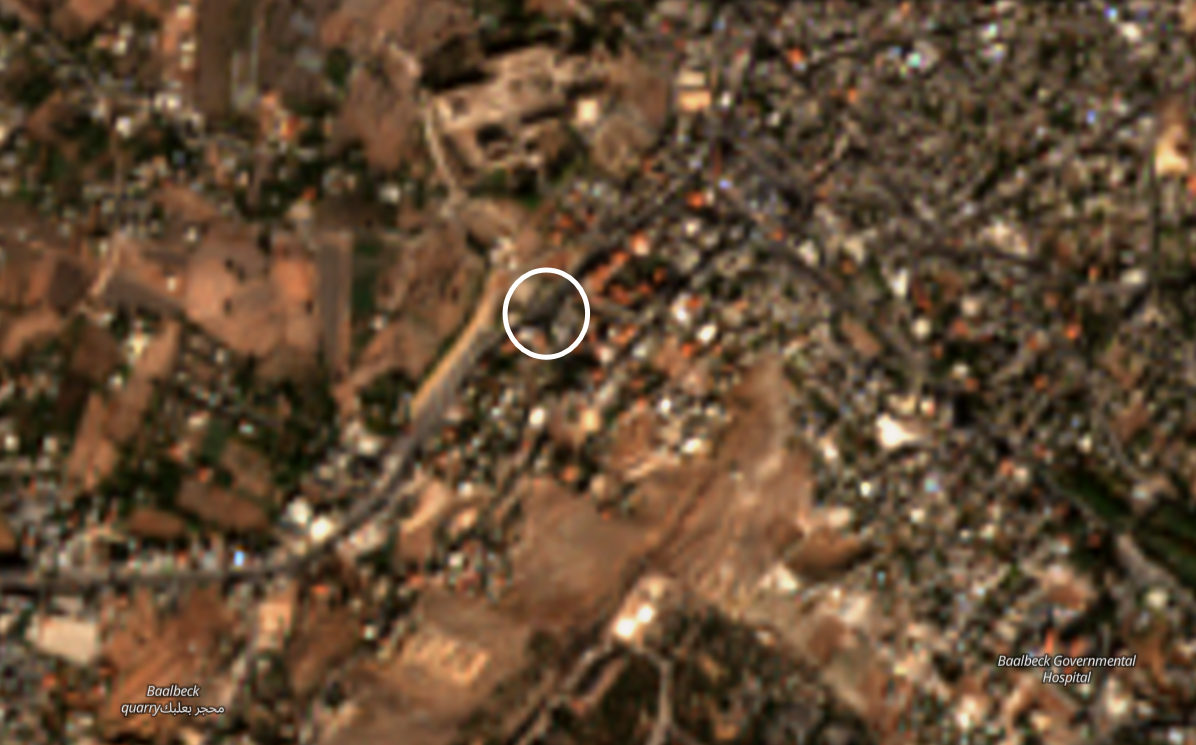
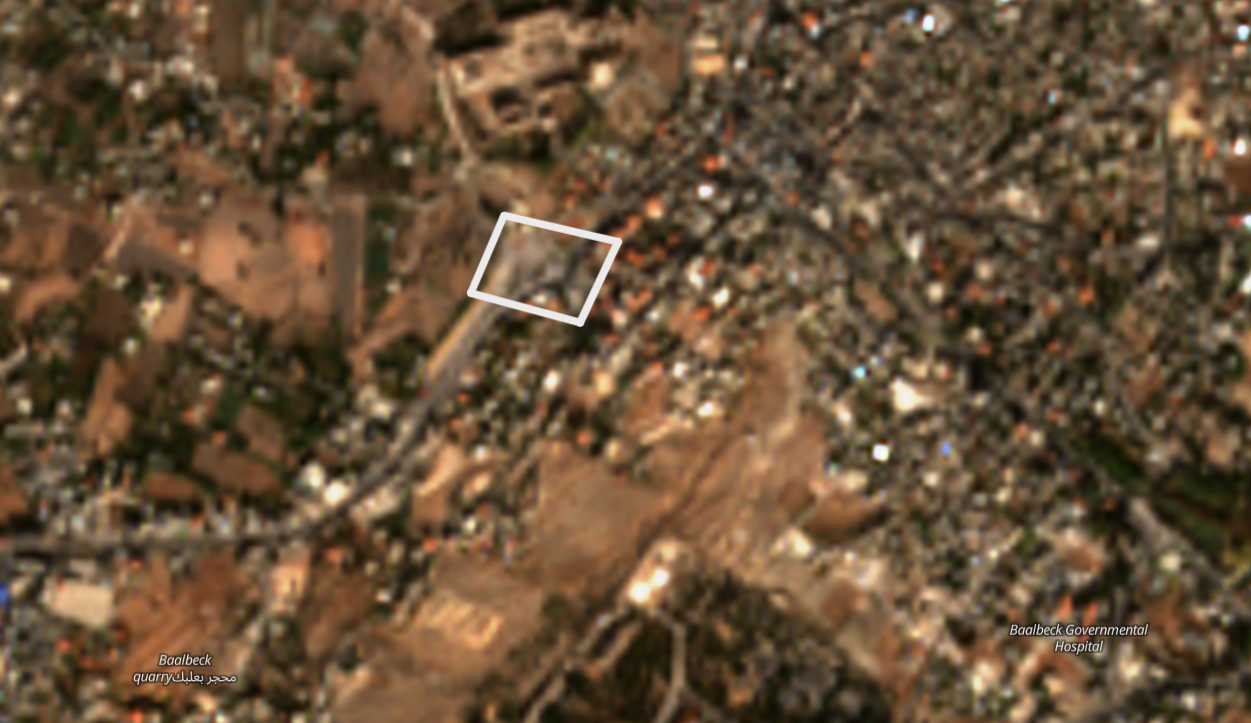
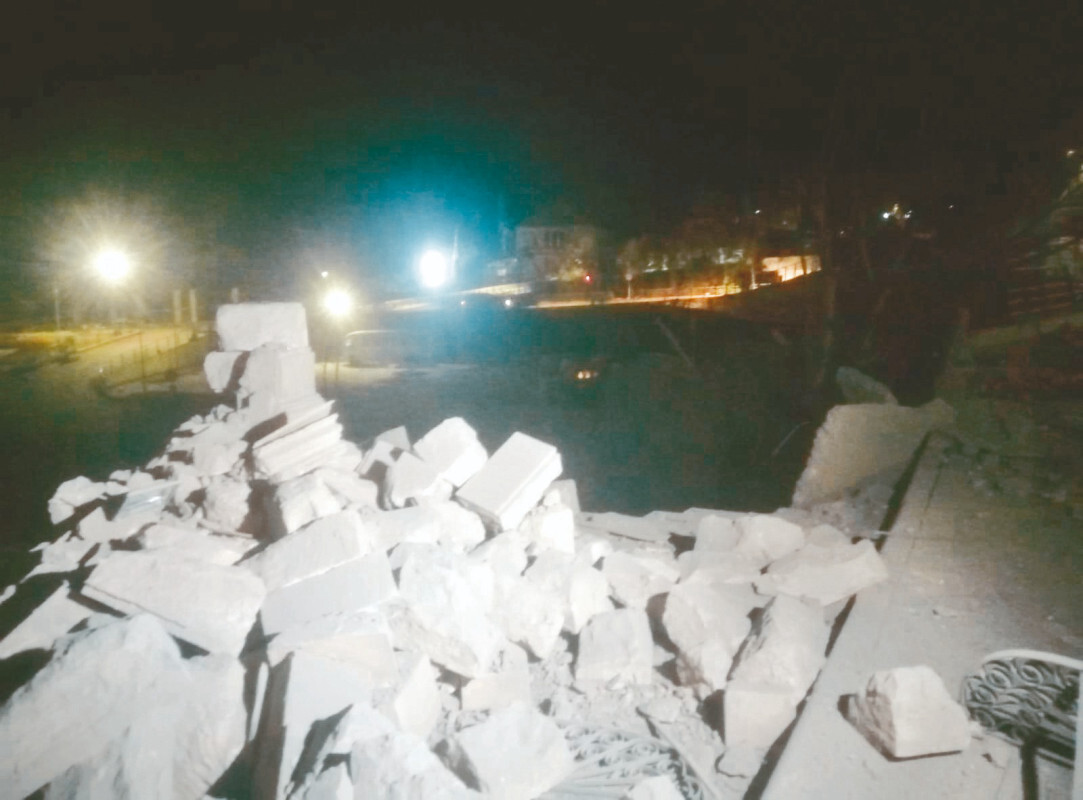
Historical significance of Menshieh
Menshieh is widely regarded as an iconic part of Baalbek. While the exact date of its construction remains unknown, the building’s architecture suggests it dates back to the 19th century. The facade features three arches, and one of its stones is inscribed with the year 1928, though its significance remains unclear.
The building is said to have been one of the city’s earliest cafes, reportedly established during the French Mandate period in the 1920s.
It initially served as a bar frequented by French officers. Later, Harith Lutfi Haidar transformed the building into the “Asila Workshop,” specializing in folkloric and traditional designs, before it closed when the city’s tourism declined and the number of visitors interested in traditional clothing decreased.
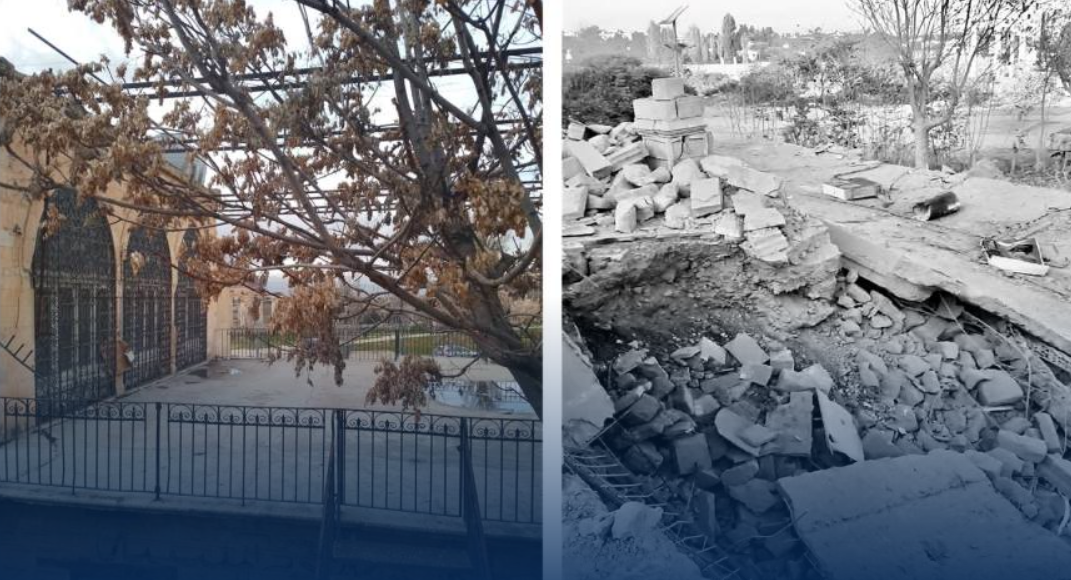
“I entered this building (Menshieh) 32 years ago to buy a gift for my wife, who was expecting our first son, Ward. I saw beauty and heritage in the building, reflecting the rich cultural and architectural legacy of Baalbek,” a resident recounted on a post on Facebook.
“The products were of exquisite taste, presented by artists Najwa al-Rifai (may she rest in peace) and Harith Haidar, who dedicated themselves to creativity in fashion design, reaching international acclaim,” he added saying that Asila Workshop’s embroidery and silver thread stitching showcased the craftsmanship of Baalbek’s artisans and the skills of many local women who excelled in needlework.
“I saw international artists visiting this building, which was bustling with guests during the Baalbek International Festivals. … The Menshieh was alive in those days, not just a building of stone, but a cultural hub and beacon.”
The workshop had suffered a fire back in 2021, causing only material damage from which it recovered.
Dismantling Baalbek’s heritage is not exclusive to Israeli airstrikes either, as city’s Governor Bashir Khodr noted that a local citizen exploited the chaos of the bombing to destroy a historic house.


